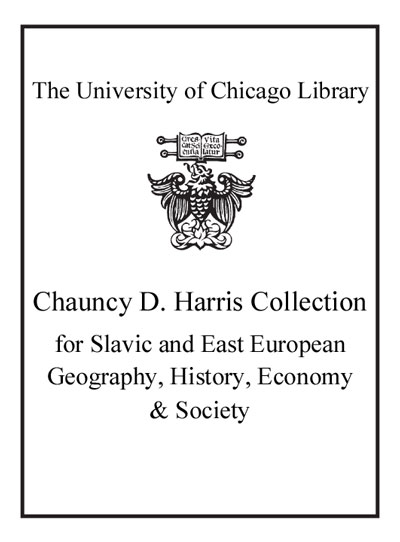Review by Choice Review
Many have denied that the land and people identified in this book's subtitle have ever existed. The stimulating argument that historian Magocsi (Univ. of Toronto) makes, however, is that the Carpatho-Rusyns of central Europe are indeed a people, a branch of the east Slavs, though they have never had their own state. Their history has been largely lived out in polities ruled by others (presently in Poland, Slovakia, Ukraine, Romania, and Hungary) and in the diaspora, especially North America. The author's well-organized analysis of the vicissitudes of the Rusyn past proceeds from prehistory to the present. He ends on an upbeat note by pointing out that current developments augur well for the growth of Rusyn language and culture, even possibly transforming the abstract ideal of Carpathian Rus' into a reality. Magocsi clearly has a program to pursue that contradicts national, often polemical, narratives by others. But he presents it in a subtle and sophisticated way that is balanced and largely dispassionate. His volume is complemented by inserts explaining specific problems and events and providing texts of documents. Many maps, well-chosen illustrations, and an extensive bibliographical essay further add to this book's usefulness. Summing Up: Highly recommended. All levels/libraries. --Paul W. Knoll, University of Southern California
Copyright American Library Association, used with permission.
Review by Choice Review

